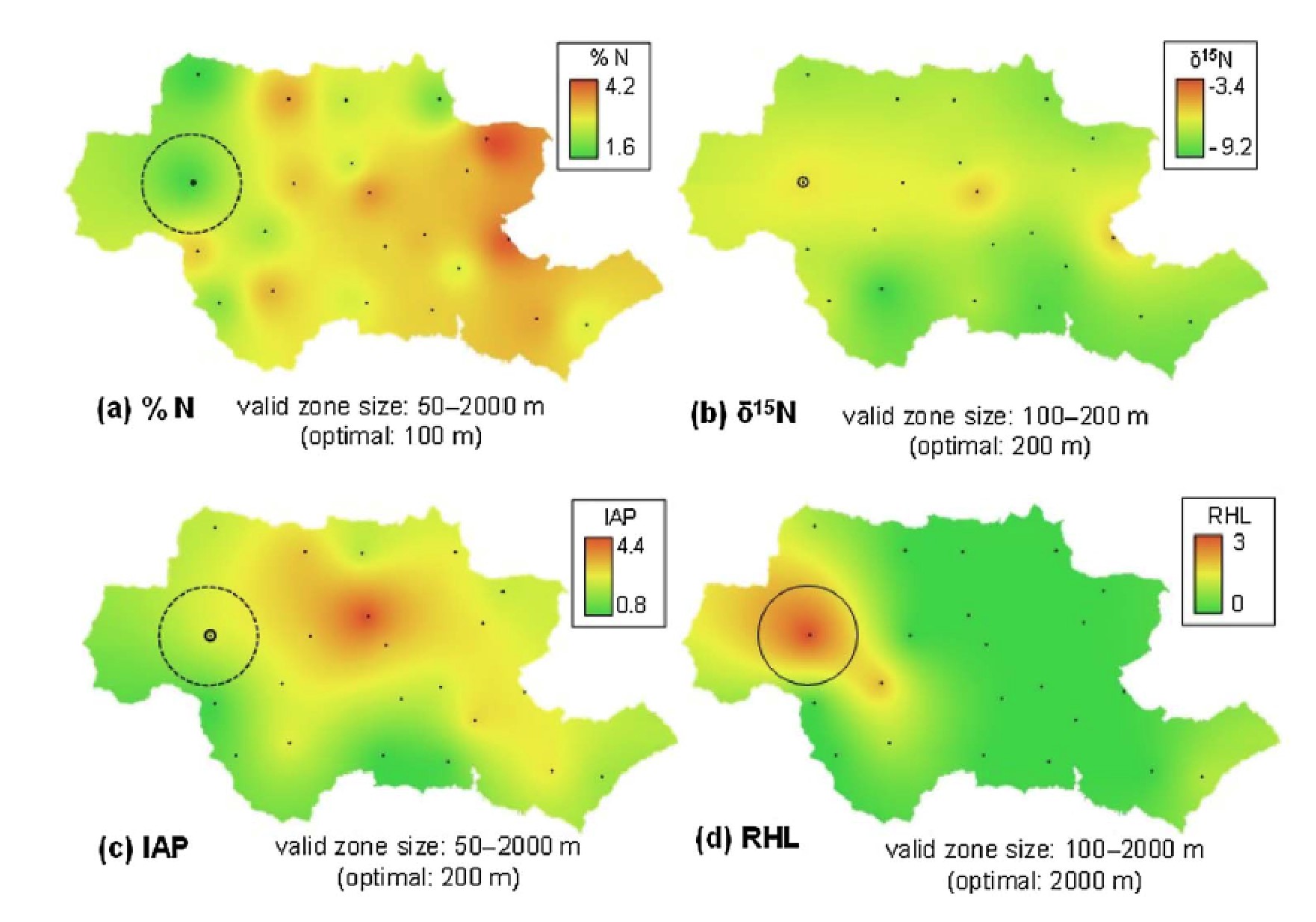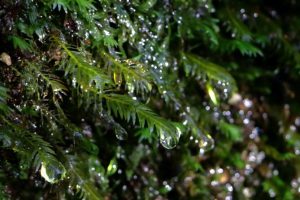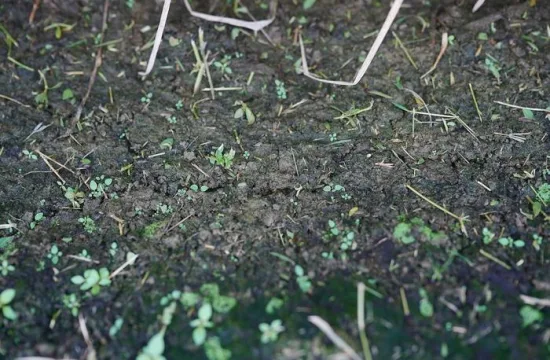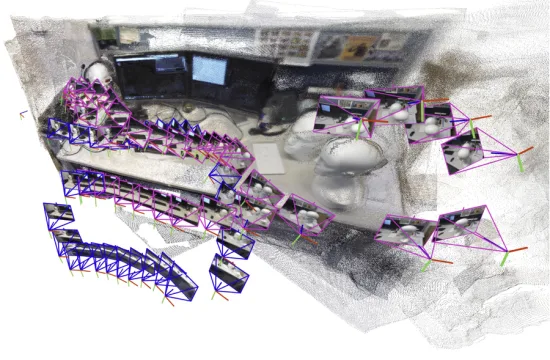Researchers have developed a method to evaluate atmospheric conditions using mosses (bryophytes) in urban areas, a development that could facilitate broader evaluations of atmospheric environments.
 Many urban areas face atmospheric problems such as pollution and the heat island effect. With the need to evaluate atmospheric conditions, bioindicators—organisms whose response to environmental changes indicates the health of an ecosystem—have attracted considerable attention. Their merits include being able to evaluate an environment over a wide area at a low cost; detect environmental changes over an extended period; and assess these changes’ effects on the ecosystem. Bryophytes are one such group of plants known to be sensitive to environmental changes, in particular to atmospheric conditions.
Many urban areas face atmospheric problems such as pollution and the heat island effect. With the need to evaluate atmospheric conditions, bioindicators—organisms whose response to environmental changes indicates the health of an ecosystem—have attracted considerable attention. Their merits include being able to evaluate an environment over a wide area at a low cost; detect environmental changes over an extended period; and assess these changes’ effects on the ecosystem. Bryophytes are one such group of plants known to be sensitive to environmental changes, in particular to atmospheric conditions.
The research team led by Yoshitaka Oishi of Fukui Prefectural University and Professor Tsutomu Hiura of Hokkaido University’s Field Science Center for Northern Biosphere studied how bryophytes can be a tool for evaluating complex atmospheric conditions in urban areas.
 The team examined Tokyo’s Hachioji City, which has diverse environments ranging from developed urban areas to remote, mountainous areas. They used bryophytes to calculate four metrics related to atmospheric problems: severity of nitrogen pollution; degree of pollution from nitrogen oxides (NOx); index of atmospheric purity; and drought stress that accompanies urbanization.
The team examined Tokyo’s Hachioji City, which has diverse environments ranging from developed urban areas to remote, mountainous areas. They used bryophytes to calculate four metrics related to atmospheric problems: severity of nitrogen pollution; degree of pollution from nitrogen oxides (NOx); index of atmospheric purity; and drought stress that accompanies urbanization.
The team first analyzed the responsiveness of bryophytes to the four metrics based on distribution patterns, the nitrogen content and the stable isotope ratio in bryophytes. They then factored in the type of land at the surveyed points through linear and generalized linear models to examine the usefulness and limitations of bryophytes as a bioindicator.
The team found that the degree of nitrogen pollution, which is worsening in urban areas, can be evaluated by analyzing the nitrogen content and the stable isotope ratio in bryophytes. They also found that drought-sensitive bryophytes can indicate the level of drought, which is influenced by the heat island effect. However, the team found no effective model to evaluate atmospheric purity.
“Simultaneous use of bryophyte metrics can be useful in examining the interrelations of atmospheric problems. We hope our method will enhance broader evaluations of atmospheric conditions, which could eventually prompt people to take actions that reduce their impact on the environment,” says Tsutomu Hiura.







